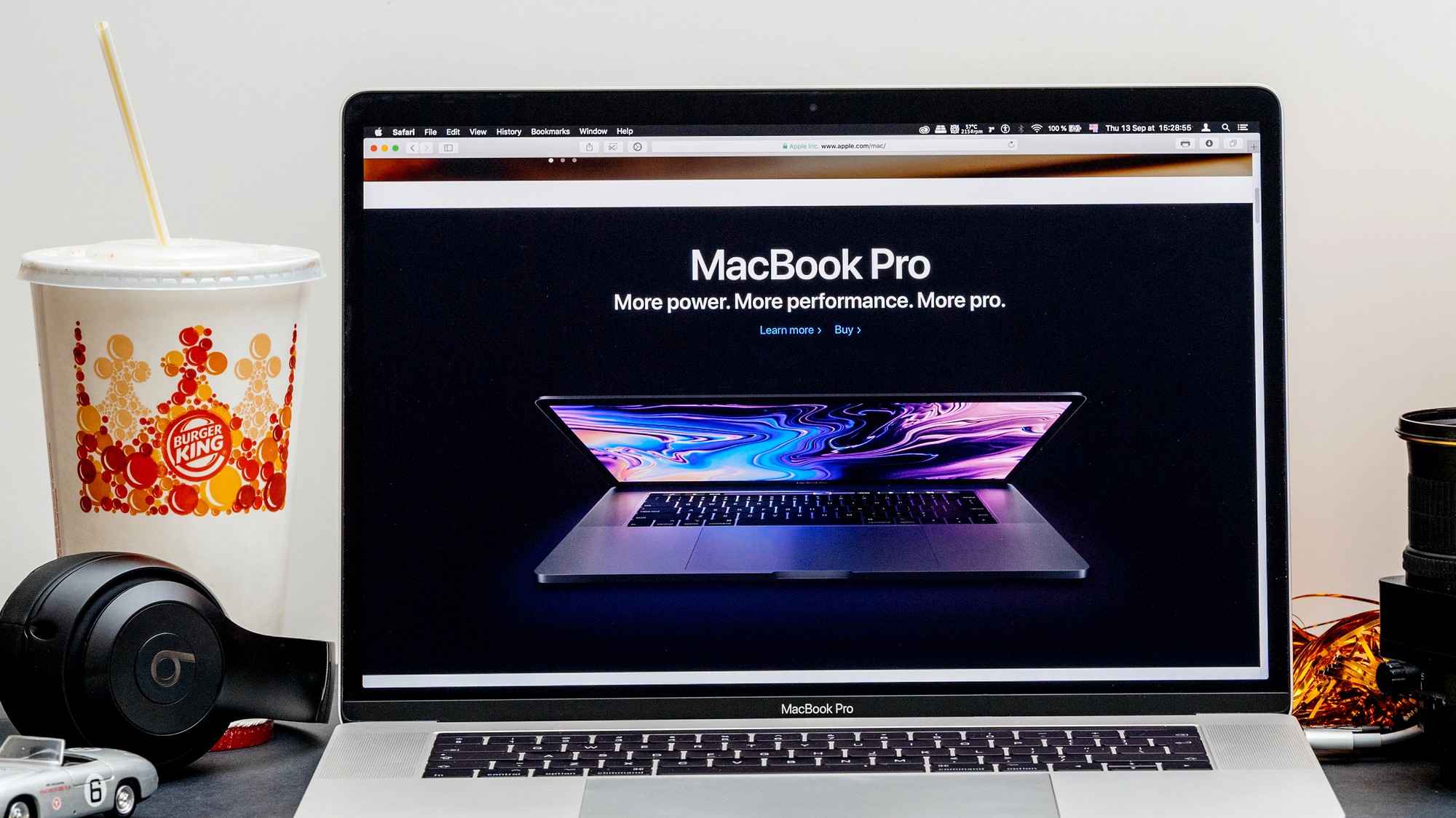Apple blocks the possibility of independent repair of new MacBook models

Articles about the so-called "right to repair" on Habré were published regularly . The bottom line is that some companies, including Apple, are doing their utmost to prevent independent service centers and repair shops from giving them full time maintenance on the devices and mechanisms that these companies for some reason consider to be theirs even after they are sold to a customer.
In the USA, a small victory was won recently by supporters of the “right to repair”. But corporations still take their toll. For example, Apple closes the possibility of independent repair of new Macbook models. This information was obtained by Motherboard journalists from Apple's internal documentation, which fell into the hands of media representatives.
As it turned out, after replacing some elements of laptops, you need to run a special diagnostic software, a configurator that can make the laptop working again. Otherwise it will be a “brick”, with which nothing can be done. Accordingly, the configurator will not be available to everyone - only technical staff of the company and representatives of certified service centers will be eligible to work with it.
Now, if the display of the MacBook Pro in 2018 has a broken display, something has happened to the motherboard, keyboard, touchpad or even the case (some of its elements), then after repair you need to launch the mentioned configurator without fail. This software is called Apple Service Toolkit 2.
As far as you can understand, we are talking only about those devices that work on the Apple T2 platform. If specialized software is not running, the system will not work.

Thus, even if the failure is not too complicated, and a technically savvy user is able to do it himself, he will still have to contact an Apple service center. It can be assumed that this service is far from free, especially for those users who have expired warranty repair and technical support.
The software package described above includes an element such as Mac Resource Inspector. It "performs a quick check of the hardware and software", including system memory, display, power, cooling, and other modules. Software works only when connected to the Apple Global Service Exchange (GSX), this is a cloud service that Apple provides to its employees and partners for maintenance of devices. To work with the service, authorization is required - Apple's password and login (and this is not iCloud).

Approximately such a service scheme is used by the agricultural equipment manufacturer, John Deere, and a number of automakers. On Habré about the difficulties faced by the owners of the tractor John Deere, already published articles and news.
The analogy can also be made for the existing practice of Apple, when replacing the Home button on iPhone models above 5 requires the use of specialized equipment, which is called the Horizon Machine. Only she can "tie" the new Home button to the phone's motherboard. Otherwise, the TouchID function will not work (and since the iPhone 7 version without this revision, the Home button itself does not function after the replacement).

According to experts, the company is moving to a new scheme of work for two possible reasons. The first is the desire to take the entire ecosystem of its devices, their parts and repairs into their own hands. This is the most likely assumption. The second is the desire to enhance the security of their devices and users. But there is not a lot of sense here - because if you don’t trust your own users, customers, this is no longer a concern, but paranoia.
